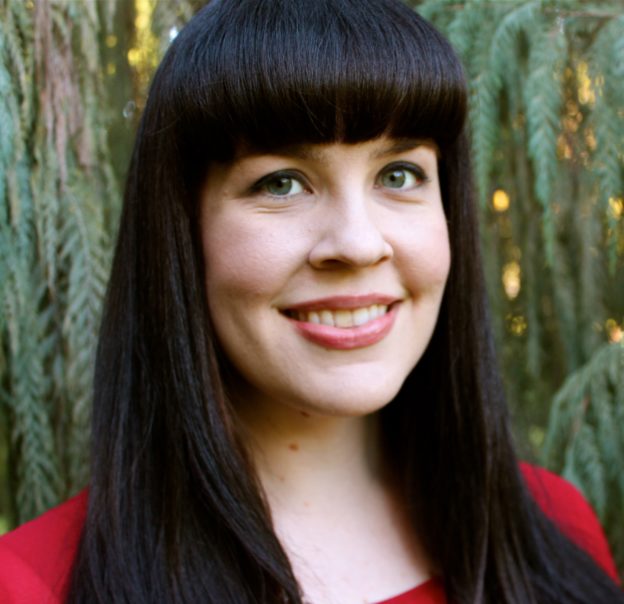Caitlin Doughty Takes Us On A Journey Into Death Trends Around The World
February 19th, 2020
What would it look like to completely re-imagine the way we store our beloved departed?
Instead of reinventing the wheel, Caitilin Doughty, founder of The Order Of The Good Death and the catalyst of the death positive movement phenomenon, suggests we take a look at how other countries around the world are already doing it.
At her NFDA Convention talk titled “Traveling the World: Funerals Past and Present” she takes us on a journey through time and space, looking at death options all around the world.
With land space, costs, environmental impact and needs all called to question around the world, death businesses are being forced to dig deep for creative and innovative solutions.
Check out some of the death trends emerging around the world, and how they’re solving some of the biggest challenges the death industry faces today:
Singapore: Temporary Storage
When was the last time you were reviewing your services with a potential client family, only for them to ask at the end, “so is this a 3-year lease or 4”? If you’re in the US, not likely. But for many places outside of the States, temporary internment is the norm. In Singapore there is only one operating cemetery, even though it is the 3rd most densely populated country in the world. They can do this through grave recycling. You get 15 years generally and when your lease runs out….well, we will leave it at that!
Brazil: Up, Up, and Away
If you think a 15-year term is too short, you might be shocked to see luxury high-rise “hotel style” cemeteries in Brazil. The Necropole there rises 32 stories above the ground, placing the residents that much closer (plus 6 feet) to heaven! The average stay is 3 years, and after that any remains are cremated or placed in an ossuary. These luxury high-rise cemeteries include dining, spas, and even a peacock garden (death tourists love them).

Spain & France: Above Ground Burial
In the Spanish and French tradition, above ground burial is the trend. So when it transplanted to New Orleans in the form of ‘oven crypts’ (which almost looks like a pizza oven), it came in handy when flood waters rose and washed other graves away.
Crypts get their name from the scorching heat that roasts human remains inside of them over the course of a year or more. Oven crypts are usually kept for a single family, and by the time the next relative passes, the previous one has been reduced to bones or even less. Their remains are moved when it’s time for the next relative to take their turn in the circle of life and death.
Colorado: Open-Air Pyre
The image most people have in their minds of cremation is a stainless steel slab where their loved one lays under a white towelette while they are sealed into a box, only to be never seen again. In Crestone, Colorado, you will find the only open-air cremation site in the Western world. Friends and family can cover the deceased in juniper leaves, taking their time to mourn and be present in their feelings. If you have never smelled heated juniper leaves, might I suggest you visit if only for the sensory experience.

Source: US-Funerals.com
Japan: The Last Hotel & Robotic Viewing
In Japan, the last hotel you will ever stay in, the ‘Lastel’ is a temporary solution to the lack of storage space that plagues those in the funeral profession as much as those living in tiny houses. In the Lastel, the body is kept for a week or two in refrigeration until a permanent location is found. When family comes to the Lastel for a viewing, the body is taken out and set up on demand!
For some this means cremation, and for others it can mean a burial plot hundreds of miles away in a remote area of the mountains. Even if it’s in the middle of nowhere, land is non-renewable and expensive, so Lastels and other accommodations like them are a great solution.
Another neat advancement Japan has made in the profession includes the use of a tiny robot that responds to your personal card when you swipe it. It’s in another hotel for the dead in Nichiroku, right by a sumou stadium. When someone comes to visit, the robot retrieves the person’s ashes and they can set up a shrine to pray, light incense or whatever else they want to do!
The US: Playing Catch Up?
The United States is one of the only places in the world to devote so much physical space to the dead, but that is changing with the rising cremation rate. As we continue to consider the concerns cremation and burial raise for the environment, we hope to see more and more eco-friendly, consumer-approved options being created and innovated in our modern day world.
What do you think? Does the US need to explore newer and potentially better options? Tell us in the comments below!





Leave a Reply